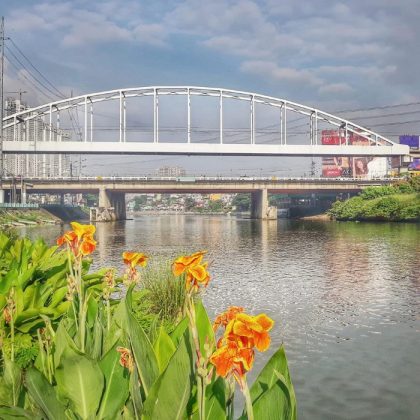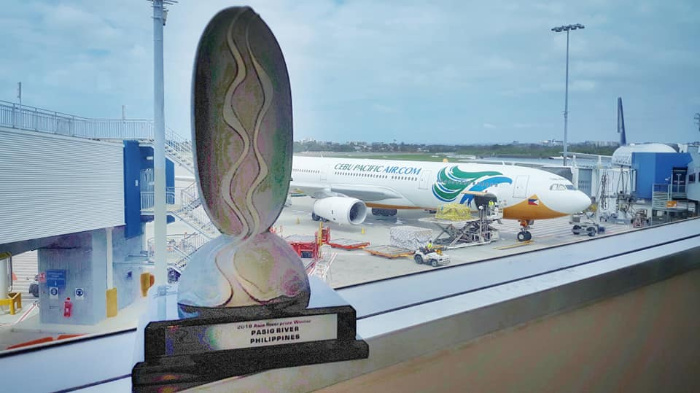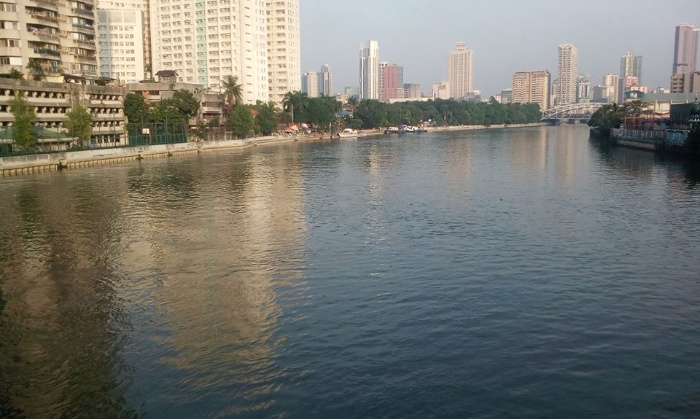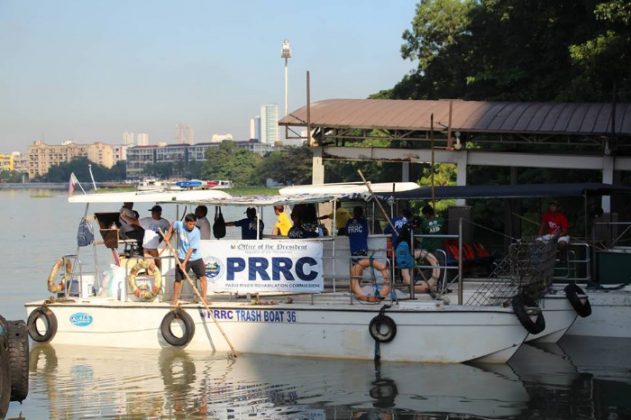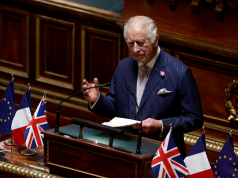
It took years of cleanup and follow through not often seen in government projects.
On October 16, Australia-based International RiverFoundation recognized the Pasig River Rehabilitation Commission’s efforts to restore the notoriously polluted Pasig River, which runs across the national capital Metro Manila.
The foundation rewards “exceptional efforts in the protection, restoration and sustainable management of the world’s rivers.”
The inaugural Asia RiverPrize for the Pasig River beat the Asian Development Bank and Chinese government’s Yangtze River initiatives.
The Philippines' Pasig River, OUR CHAMPION, greets each and everyone of you have a great day!
— Pasig River Official (@PasigRiverPRRC) October 22, 2018
The Pasig River was once a majestic feature in the metropolis’ history. But decades of industrial and residential development grew alongside poor implementation of anti-pollution policies.
Back to life
In the 1990s, the river was declared “biologically dead.” About 72,000 tons of solid and plastic waste had flowed through the waterway yearly.
For almost two decades across administrations, the agency launched “quality projects, programs, activities and advocacies in easement recovery, riverbank development, waste and water quality management, and public awareness,” according to a brief released by the RiverFoundation.
Specific efforts included:
- Resettlement of 18,719 families living along the riverbanks.
- Dismantling of 376 encroaching private structures.
- Establishing of 37,471 linear meters of environmental preservation areas.
- Development of 17 of 47 identified tributaries.
- Diversion of 22,000 kilograms of solid waste.
- Public education drives to develop environmentally responsible communities.
The work is far from over, but the PRRC and its partners believe a complete rehabilitation can be achieved, estero by estero.
Jose Antonio Goitia, the commission’s executive director, told National Geographic in its June 2018 issue:
“Maybe the best thing to do is ban plastic bags.”
The commission projects 14 more years for the Pasig River to be alive again. Its 2017 master plan aims to make the river capable of sustaining biodiverse ecosystems by 2032. It should also become a source of livelihood and recreation.




